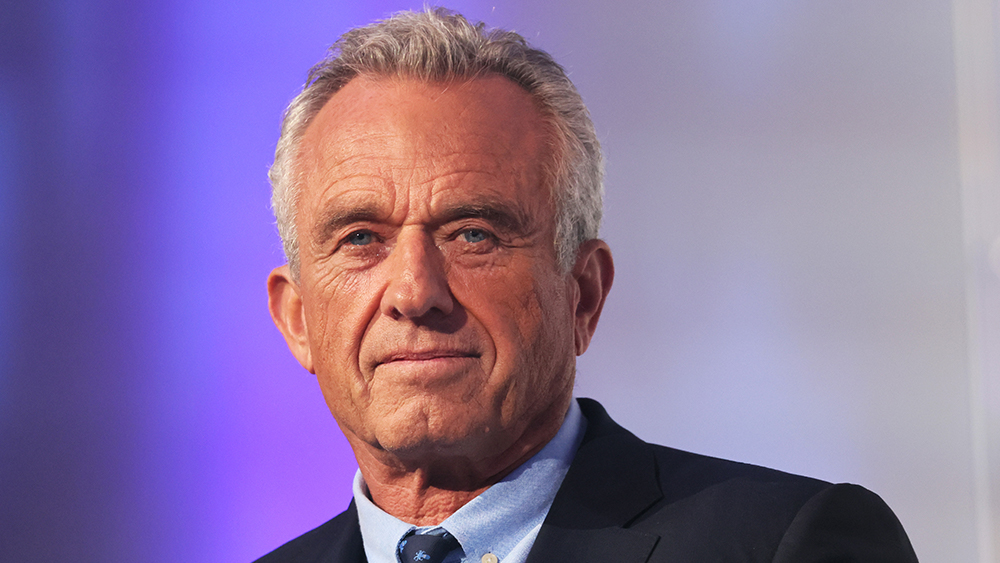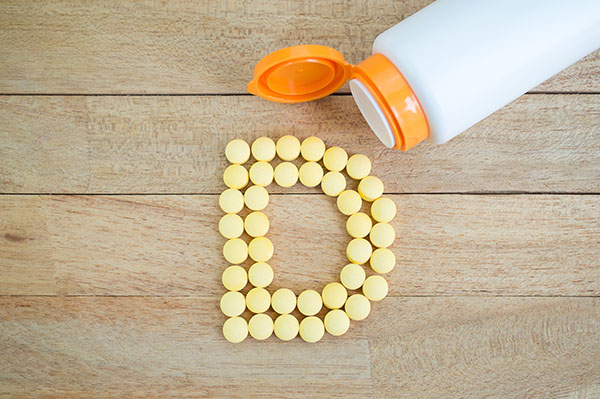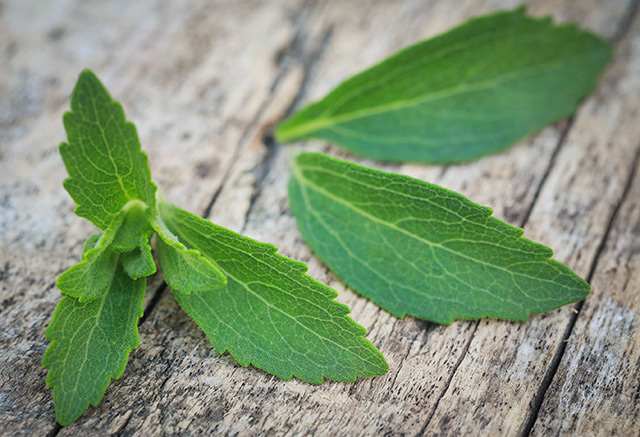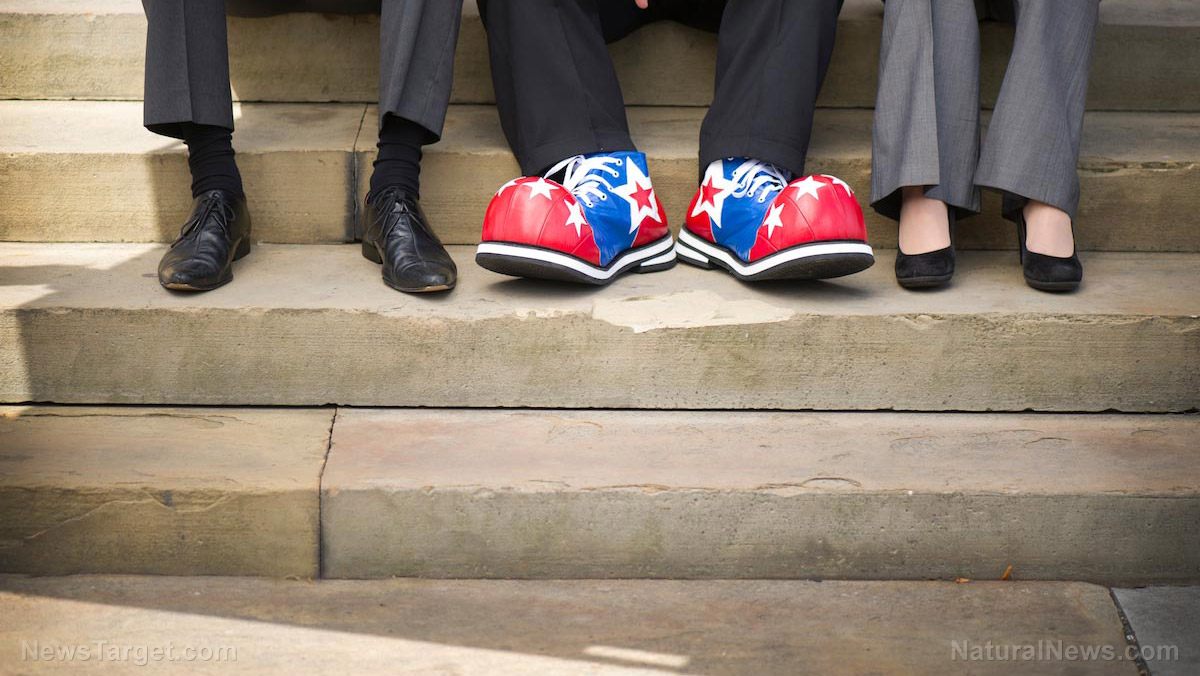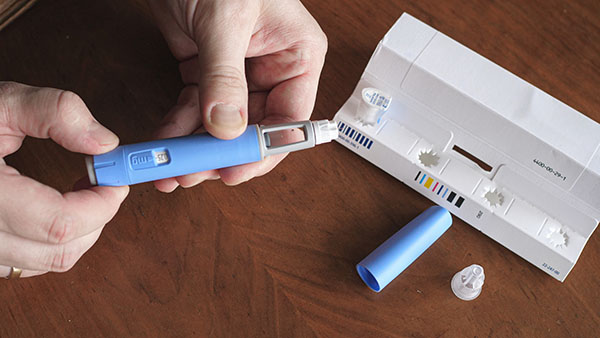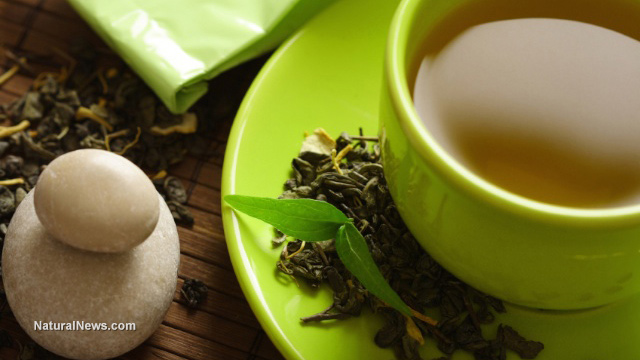Study finds that exercise becomes more critical as you age, with 150 daily minutes of movement necessary for a healthy life
08/06/2025 / By Lance D Johnson
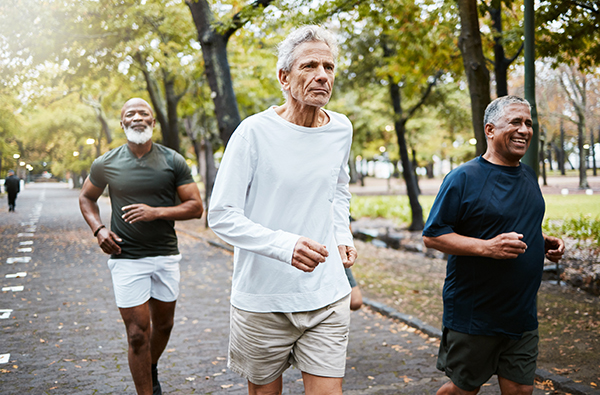
A sweeping new study analyzing over 2 million adults reveals a stunning truth: physical activity isn’t just good for you—it grows more critical with each passing year. While other health factors like smoking or weight lose some predictive power over time, exercise emerges as the unwavering champion of longevity, defying the conventional narrative of decline. For those who keep moving, the reward isn’t just extra years—it’s better ones.
Key points:
- Physical activity reduces mortality risk at all ages, but its protective effect strengthens dramatically in older adults.
- Meeting recommended activity levels (150–300 minutes of moderate exercise weekly) slashes death risk by 22%—more than many medications.
- Unlike smoking or obesity, exercise’s benefits don’t fade with age; it remains a modifiable lifeline even in late adulthood.
- Sedentary lifestyles triple mortality rates in middle-aged adults, while active seniors enjoy sharper minds, stronger hearts, and greater resilience against disease.
The age-defying science of movement
The study, published in JAMA International Medicine, crisscrossed data from four global cohorts, tracking participants from their 20s to their 90s. What stood out? “The dose-response curve flattens for things like diet or blood pressure as we age,” says lead researcher David Martinez-Gomez. “But physical activity? Its impact accelerates.” Those who stayed active into their 80s saw mortality risks drop like they’d discovered a biological “undo” button.
Why? Aging shifts our vulnerabilities. Young adults face external risks (accidents, injuries), while older adults battle internal ones (heart disease, cancer). Exercise uniquely fortifies both fronts: bolstering immune function, reducing inflammation, and maintaining muscle mass—a trifecta that becomes more vital as the body’s natural reserves dwindle.
The study involved more than 2 million people and found that physical activity (PA) was associated with a reduced risk of death across all age groups, with greater benefits seen in older adults. The research, which followed participants for a median of 11.5 years, analyzed data from individuals with a mean age of 49.1 years, ranging from 20 to 97. Women made up 55% of the sample. Of the more than 177,000 recorded deaths, results showed a nonlinear dose-response relationship between PA and mortality. While all age groups experienced reduced risk, older adults saw particularly strong benefits at higher activity levels.
Meeting recommended PA guidelines was linked to a 22% lower mortality risk (HR 0.78, 95% CI 0.77-0.79), with more pronounced effects as age increased. Other modifiable health factors also influenced mortality, though their impact was generally stronger in younger age groups.
150 minutes: The golden ticket
The magic number—150 minutes of moderate activity weekly—isn’t arbitrary. It’s the threshold where benefits plateau for younger adults but skyrocket for seniors. Walking, swimming, or dancing for 30 minutes five days a week cuts mortality risk as effectively as some pharmaceuticals—without side effects. “It’s not about marathons,” stresses Martinez-Gomez. “A brisk walk counts. Consistency does.”
Yet here’s the rub: only 23% of adults over 65 meet this benchmark. Cultural myths about “taking it easy” in later years persist, despite evidence that inactivity fuels frailty. Compare that to Okinawa, Japan, where centenarians tend gardens well past 90, or Nordic seniors who embrace winter swims. Their secret? Movement isn’t optional; it’s integrated.
Small steps, big rewards
For those staring down retirement, the message is hopeful: it’s never too late. A 2024 Circulation study found that sedentary 70-year-olds who started exercising added nearly three healthy years to their lives—more than quitting smoking. Muscle loss reverses with strength training; VO? max (a key longevity marker) improves even in octogenarians.
But how to begin? “Swap ‘exercise’ for ‘play,’” suggests sociologist Yu Huang. Dance in the kitchen. Plant tomatoes. Walk with grandchildren. Play pickle ball or tennis or go golfing. The goal isn’t grueling gym sessions—it’s joyous motion that stitches itself into daily rhythms. Need structure? Try chair yoga or resistance bands. Hate running? Swim. The method matters less than the mantra: keep going.
Modern medicine often fixates on pills and procedures, but this research shouts a simpler truth: movement is medicine. As Martinez-Gomez puts it, “The best longevity hack isn’t in a lab—it’s in your sneakers.” For an aging population staring down chronic disease and cognitive decline, that’s empowering news. After all, the body wasn’t meant to rust—it was built to move.
Sources include:
Submit a correction >>
Tagged Under:
aging, aging secrets, exercise, fitness, healthspan, healthy aging, heart health, lifestyle medicine, longevity, longevity research, mobility, mortality, movement, natural cures, physical activity, prevention, senior health, strength training, vitality, VO2 max, walking, wellness
This article may contain statements that reflect the opinion of the author




